The first Lionel Conrail cars and engines came shortly after the federal government created the railroad in 1976. Fundimensions, the division of General Mills then licensed to manufacture and market Lionel trains and accessories, announced an O gauge boxcar with Conrail graphics in the 1977 consumer catalog.
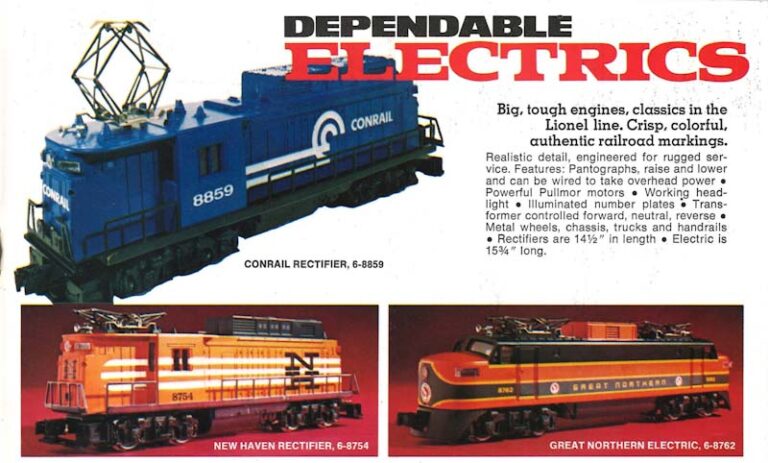
The quick move was actually atypical. Earlier mergers that had created the Erie Lackawanna, and Seaboard Coast Line railroads in the 1960s had spawned no rolling stock. Not even the highly publicized marriage of the New York Central to archrival Pennsylvania RR could get Lionel brass off the dime.
Basically, Lionel and its rivals just shrugged their shoulders at the resulting railroad, Penn Central. The historic merger left no mark at the old toy train maker.
Lionel Conrail cars and engines
The formation of the Consolidated Rail Corporation is well documented in books like The Historical Guide to North American Railroads.
The short version is, railroading in the northeastern United States was on the ropes in the early 1970s due to a variety of factors including regulation and a bloated network. First to fall into bankruptcy were two of the biggest, Penn Central and the Erie Lackawanna. Others followed, either into insolvency or precipitously close: Central Railroad of New Jersey, Lehigh Valley, and the Reading Co. were among those raising the white flag.
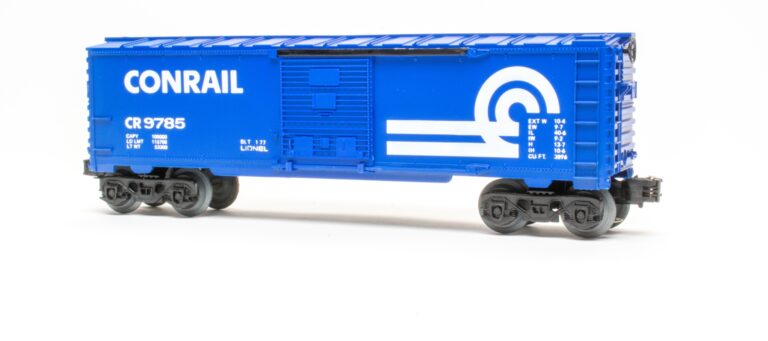
The United States Railway Association was incorporated to rationalize the 17,000 route-mile system and keep rail service fluid in the region. Eventually it created what became known as Conrail, which started service – no joke – on April 1, 1976.
Included in it were the previously mentioned railroads plus Lehigh & Hudson River and Ann Arbor, a Midwestern road that had fallen under control of Penn Central. It had almost 4,600 locomotives and more than 140,000 freight cars.
Congress awarded it $2.1 billion in stock and assistance, and it was off and running. Learn more in the book Conrail and its Predecessors.
Lionel at work
Product designers and sales executives at Lionel line paid close attention to what was happening in 1976. They quickly added Conrail paint to a boxcar. The No. 9785 featured the blue scheme adopted by the new railroad. The O gauge model was equipped with a Type IX body shell and Symington-Wayne trucks.
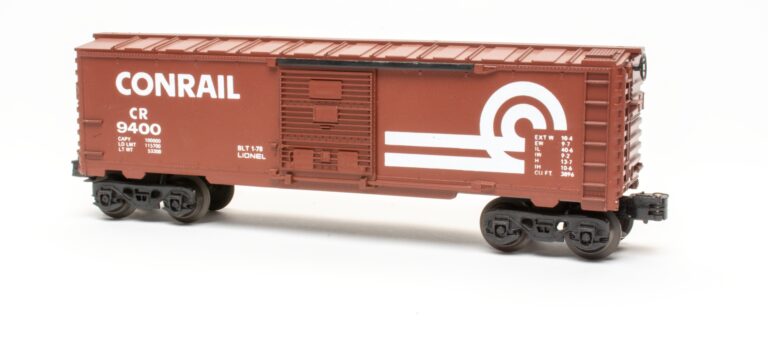
Fundimensions introduced the 9785 boxcar in 1977; it was part of the line through 1979. A variation of the basic car, a bit lighter in color, has been reported. According to the authors of the first volume of Greenberg’s Guide to Lionel Trains, 1970-1991 (Greenberg Publishing Co., 1991), that car “was not a normal paint variation, but an attempt by Fundimensions to correct the car’s color,” resulting from the paint chip provided by Conrail being too dark.
Also in 1977, Lionel added the Conrail lighted caboose (No. 9186). It was a blue porthole-style model.
A second near-scale boxcar arrived in 1978. The No. 9400 came painted a plain shade of brown and lettered in white with the Conrail logo. It was assembled with the same shell and trucks. Variations were based on the shade of brown, with both Tuscan Red and Boxcar Brown being reported.
The same year two virtually identical O-27 short boxcars bearing Conrail graphics joined the line. The Nos. 9035 and 9037 used the same body shell familiar to collectors because of the non-opening double doors molded into it. Both came with Symington-Wayne trucks and had one operating and one dummy coupler.
What differentiated the latter pair, besides their product numbers, was the color. The 9035 came only in blue with white markings; the 9037 could be either blue or brown with white markings. The different colors have no impact on the value.
Adding motive power
Fundimensions put out the first Conrail motive power in 1977: an Electro-Motive GP9 painted blue with white graphics. The No. 8757 could have either a black or a white underframe and railings to go with its Type III plastic body shell and Type IIb motor. An operating knuckle coupler was added at each end.
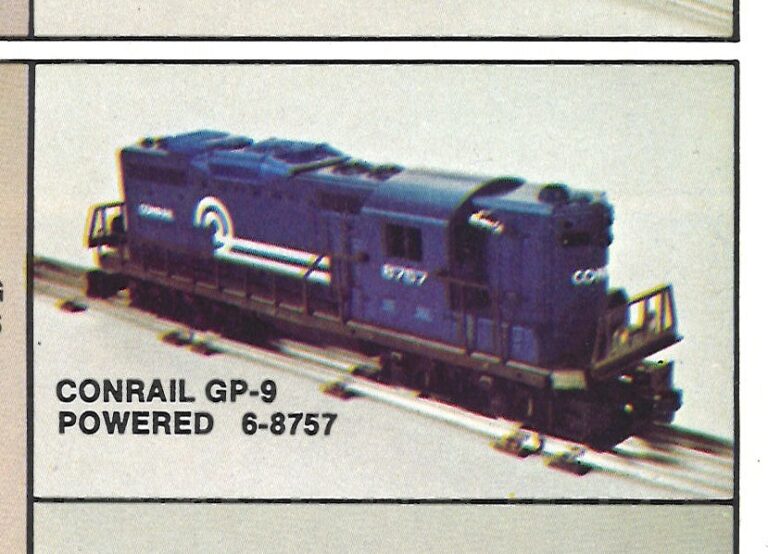
A year later, the company produced a second locomotive: an electric based on the No. 2329 Virginian rectifier from postwar days. The No. 8859 wore the blue scheme with white lettering and was powered by a single Type I motor. The pantograph could be wired for catenary operation, and it had operating couplers and lights. It remained in the catalog through 1980 and returned in 1982.






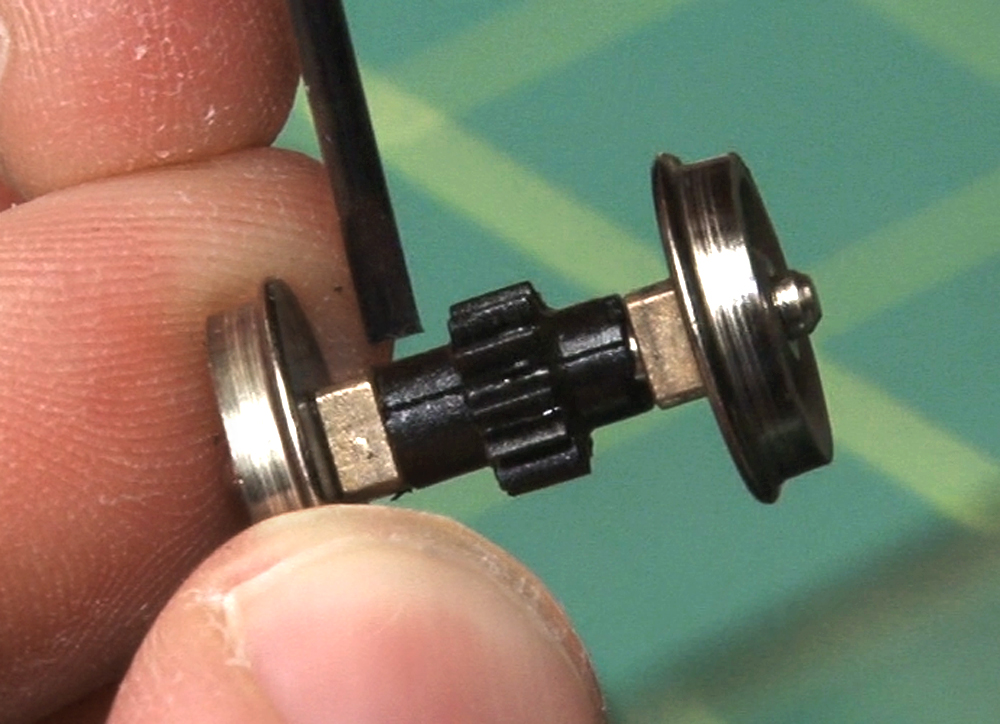
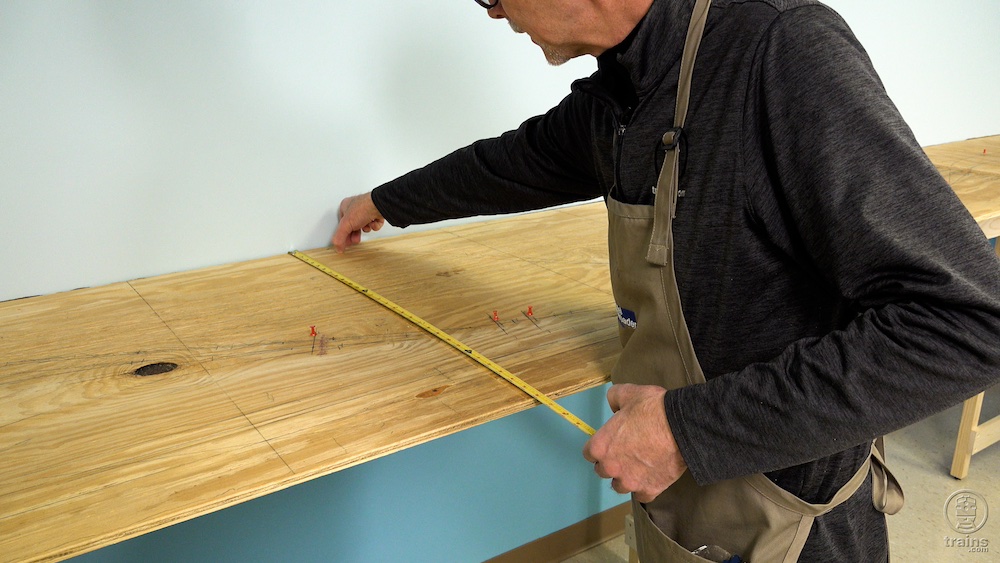
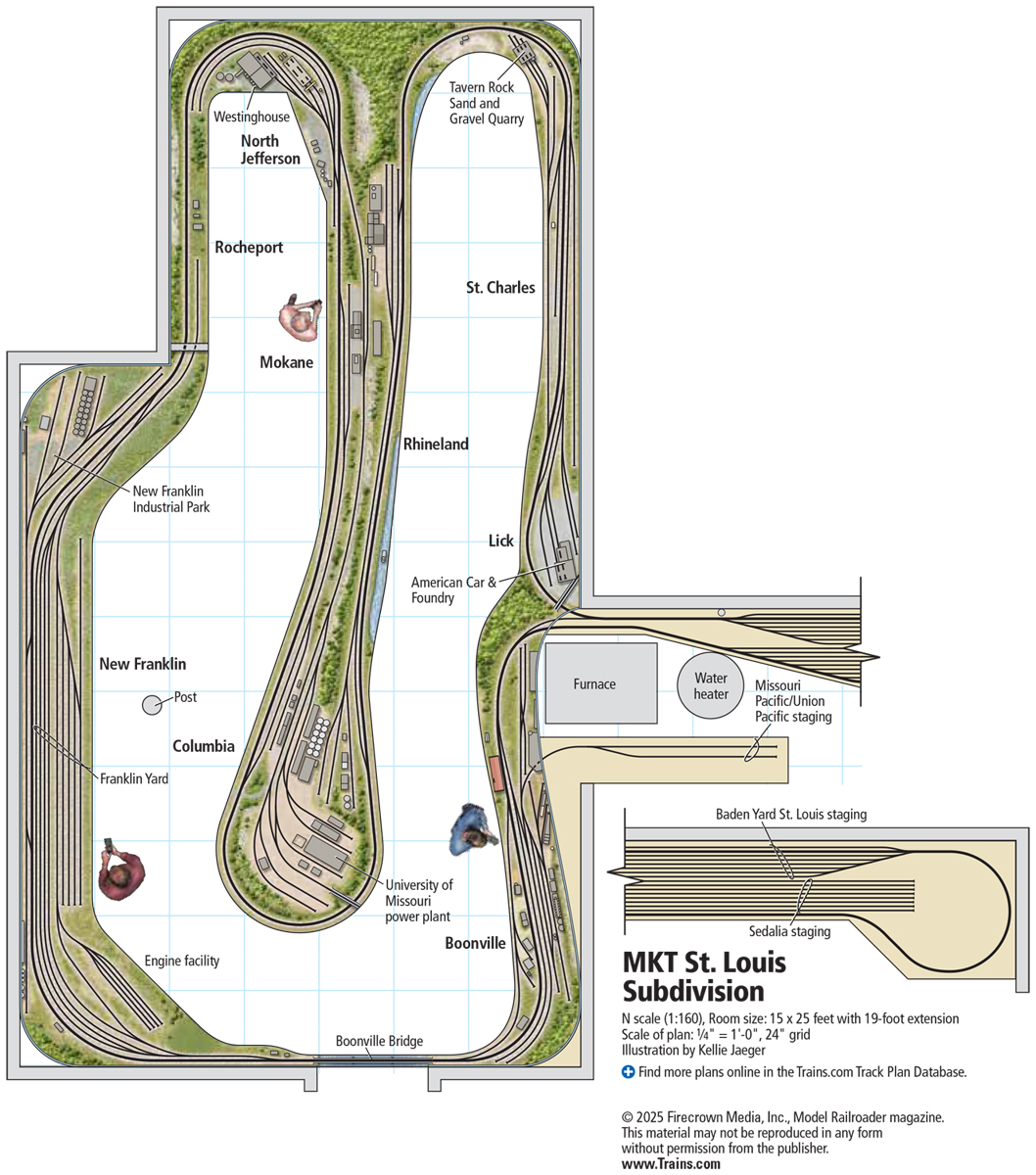





The paragraph about northeastern US railroad bankruptcies is incorrect.
Actually, the Central Railroad of New Jersey was the first to declare bankruptcy
in 1967 and then the Penn Central in 1970, followed by the Reading in 1971,
the “Agnes-devastated” Erie-Lackawanna in 1972 and Lehigh Valley in 1973.
Lionel (MPC) didn’t totally ignore Penn Central. There was the # 9201 box car, #8576 GP-7 and the black #8850 GG-1, and probably a few more examples.
Thanks for the correction – you are right. Also, PC box car # 9211 in addition to #9201. One had a red and white PC logo, while the other was white.